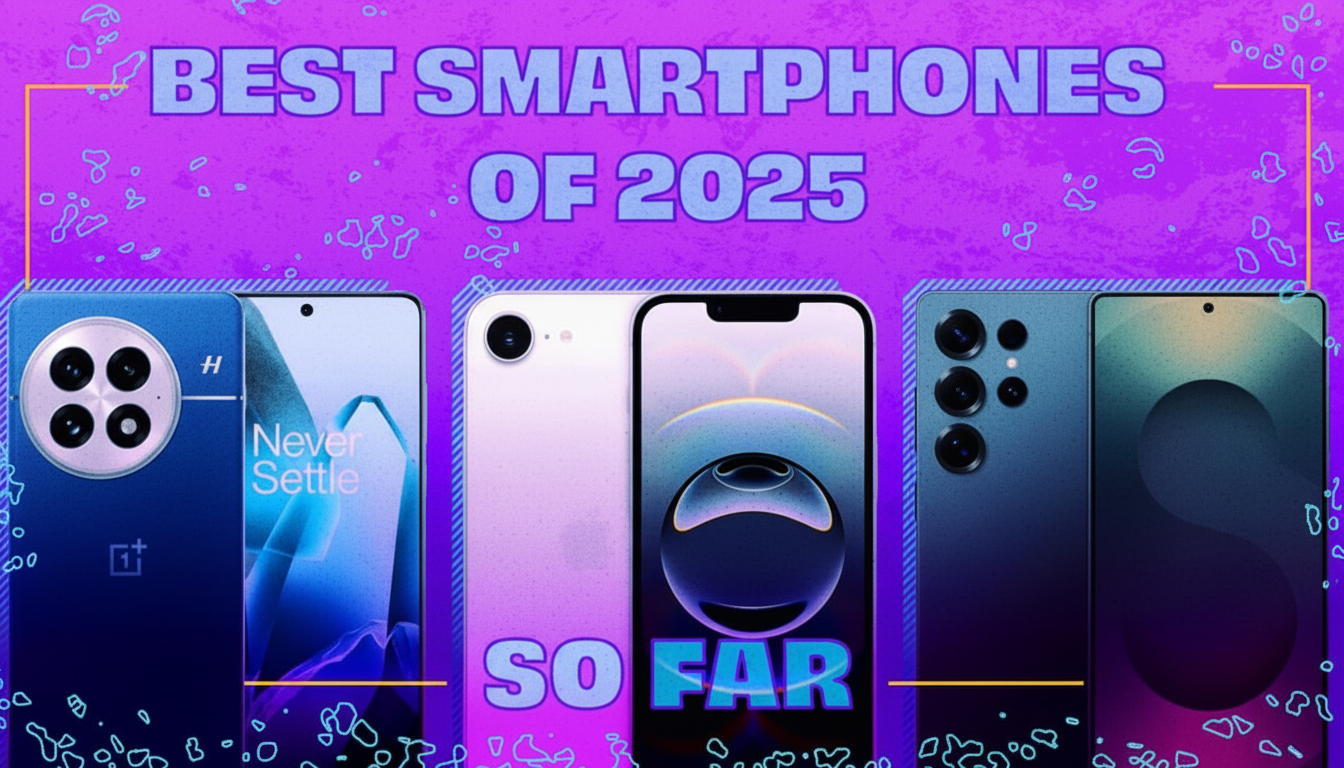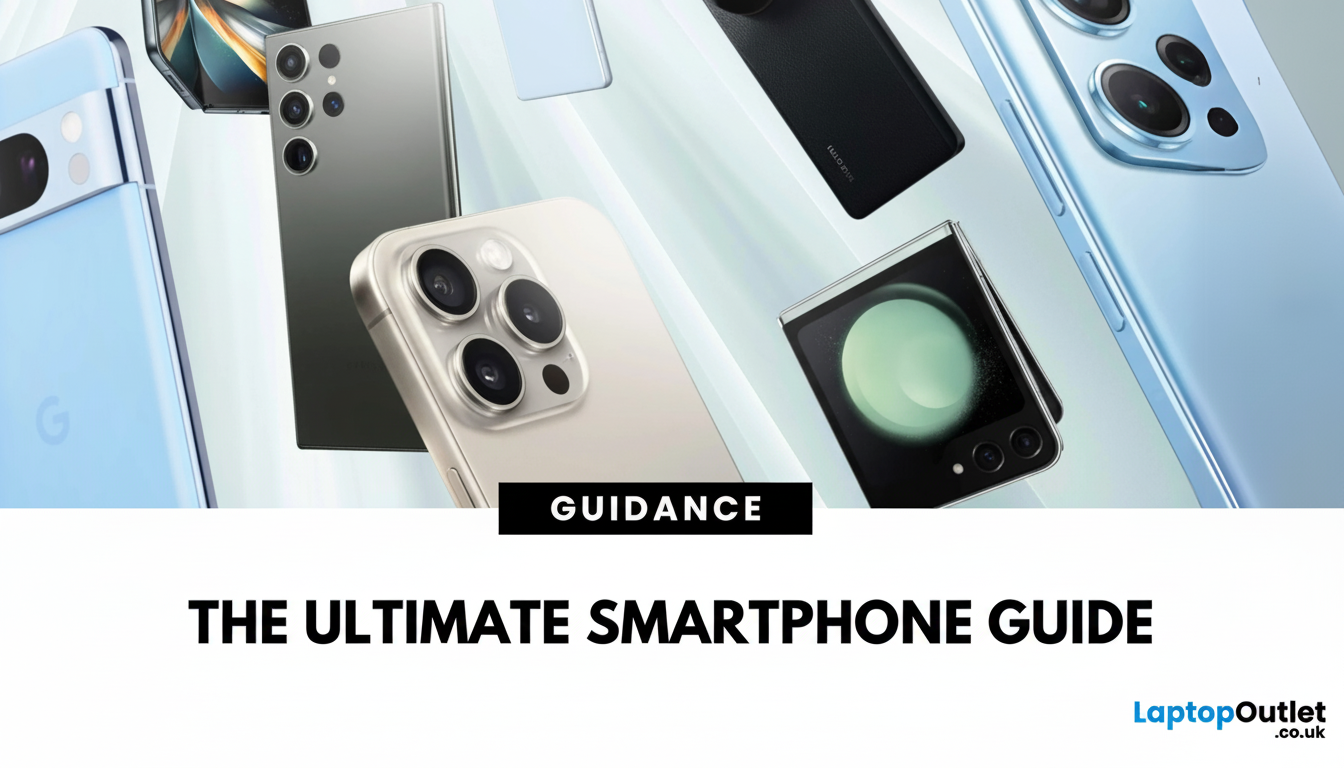The flagship season is a wrap thanks to Tuesday’s finale, so it’s time to crown a champion. We want to hear from you. Based on the way you really use your phone and not by looking at a spec sheet, which device gets your vote as the best smartphone of 2025?
How we judge a 2025 flagship smartphone beyond raw specs
Performance is table stakes, but the best phone does more than post a big deadlift. The conversation, in 2025, is about sustained speed (not spiky peak numbers), heat management under real workloads like editing video at 4K resolution, and on-device AI that accelerates photo cleanup, translation, and summarization without sending data to the cloud. Multiyear software support alone is now a requirement; seven-year update promises from the major firms have set the bar for longevity and resale value.

Battery life and charging options are also important. All-day endurance is table stakes; two-day reliability would be the champion. We’re dealing with larger cells and well-orchestrated power management, as 60–100W wired charging proliferates in some parts of the world and sound 15–50W wireless solutions are available on higher-end models. Displays increasingly trend toward higher refresh rates, with peak brightness increasing and attempts to improve PWM dimming to reduce eye strain.
The year’s standout contenders across Android and iOS
There’s no scarcity of deserving nominees. The OPPO Find X9 Pro made waves with its detachable telephoto lens idea and mammoth 7,500mAh battery designed for road warriors. OnePlus 15 doubled down both on speed and value, though some of that phone’s spec choices sparked conversations among upgraders.
Samsung’s Galaxy S25 family polished phones, cameras, and silicon in a familiar hardware package that is simply one of the most impressive things to carry in your pocket these days, and the Z Fold 7 became the company’s best book-style foldable so far, with fewer compromises than ever before and much better long-term durability.
And on the flip side — quite literally — there was the Motorola Razr Ultra, which did as much as anyone can ask from that tiny little cover screen to stake a claim for doing cool and compact without compromise.
Apple’s iPhone 17 line stressed efficiency gains, camera consistency, and an entrenched app ecosystem, wooing customers who value polish over experimentation. Similarly, Google’s Pixel 10 smartphones saw computational photography and on-device AI taken to even more extreme levels, with the Pixelsnap accessory lineup wooing creators who yearn for a phone-to-camera workflow devoid of friction.

Why specs alone don’t tell the whole smartphone story
The right phone for you depends on quotidian specifics. And do you trust the camera enough to nail a backlit portrait, or will it drive you straight into manual tweaks? Can the phone maintain a 5G signal in a packed stadium? How does the haptic feedback feel — crisp or buzzy? The little things make the difference: a useful alert slider, a screen you can read in bright sunlight, and a software skin that doesn’t get between you and Android.
Repairability and sustainability also matter. Some businesses now offer official parts and self-repair guides; others today are emphasizing recycled materials. A lifespan of several years and a simple replacement strategy can extend the useful life of a device and decrease total cost of ownership.
Key industry numbers to know as we start the 2025 debate
Industry trackers provide a helpful background. According to the Hong Kong-based Counterpoint Research, shipments of premium handsets are still outstripping the broader market and now account for nearly one in four devices shipped as consumers hold on to their devices for longer and splash out more when they do. The analyst firm IDC has pegged a strong comeback in total smartphone volumes after two years of declines, while forecasting that foldable devices will continue to grow at a double-digit rate through the middle of the decade on their way toward shipping more than 20 million units around the world.
Testing from camera examination shops such as DxOMark and those who test smartphones for a living reinforces a second trend: The big wins aren’t in raw megapixel count, but in HDR tuning and shutter lag. In the meantime, battery benchmarks from independent labs teach us that sometimes efficiency gains matter more than capacity and that a well-optimized 5,000mAh phone can outlast a larger-cell rival if software and silicon are intelligently sipping power.
Vote and make the case for your best phone of 2025 here
Now it’s your turn. Let us know which phone came out on top for you in 2025 and why. If camera quality reigns supreme, point to the scenes that clinched it. If battery life is your most important consideration, then post how much screen-on time you get as well as how often and at what percentage you charge. If value is what matters most, then explain which trade-offs you made and which you declined to make. And if a foldable screen finally persuaded you to make the switch, tell us what changed.
The winning smartphone from 2025 could be a specs beast, a software king, or the device that simply fades into your day-to-day, never letting you down. Vote on these polls and others like them along with your comment, and we’ll highlight the most interesting, thoughtful, or funny responses in an upcoming roundup.

